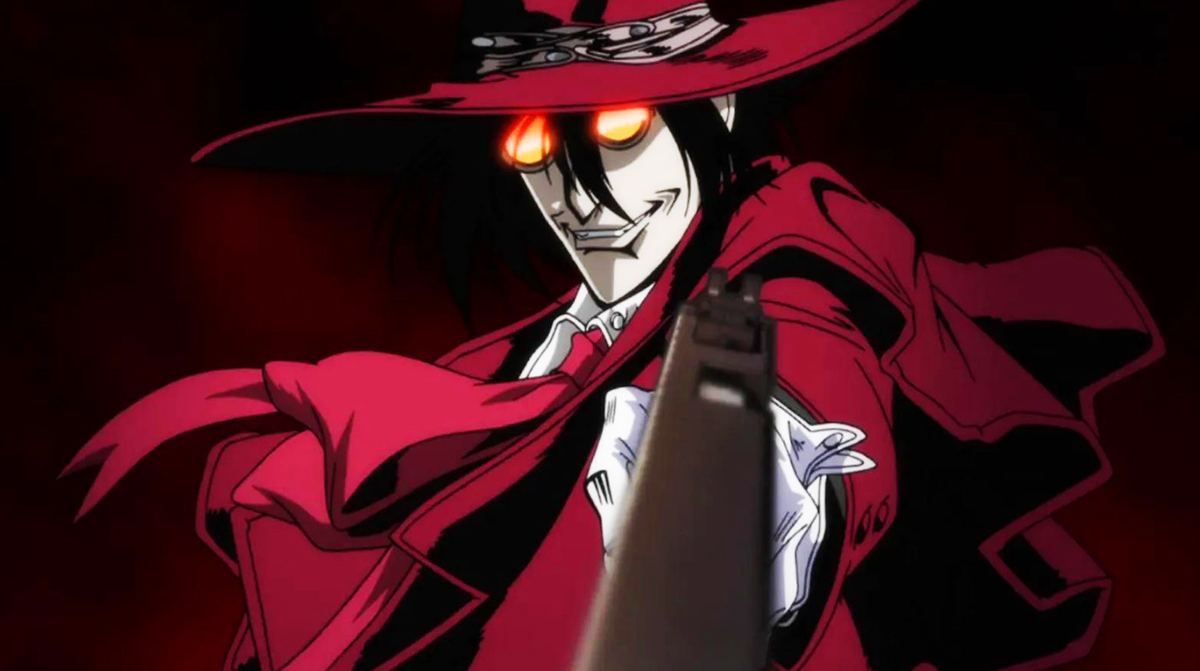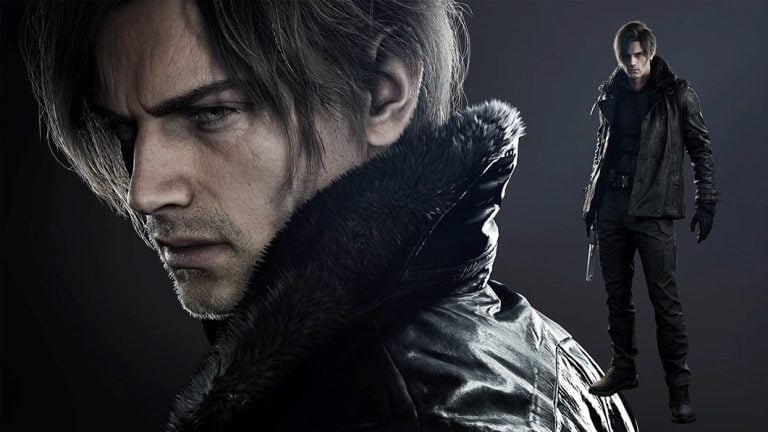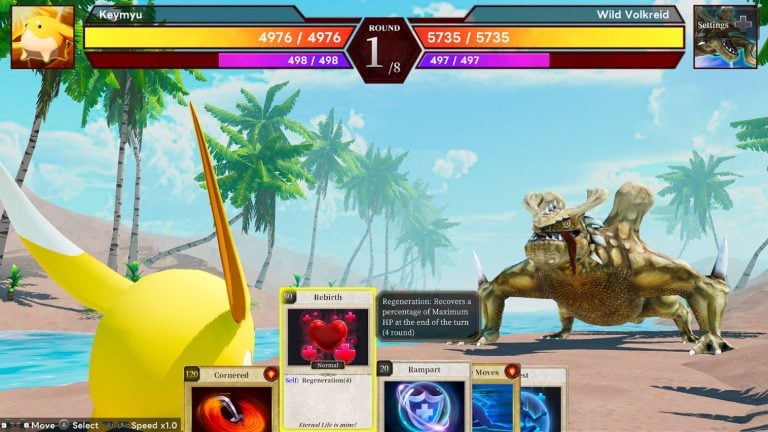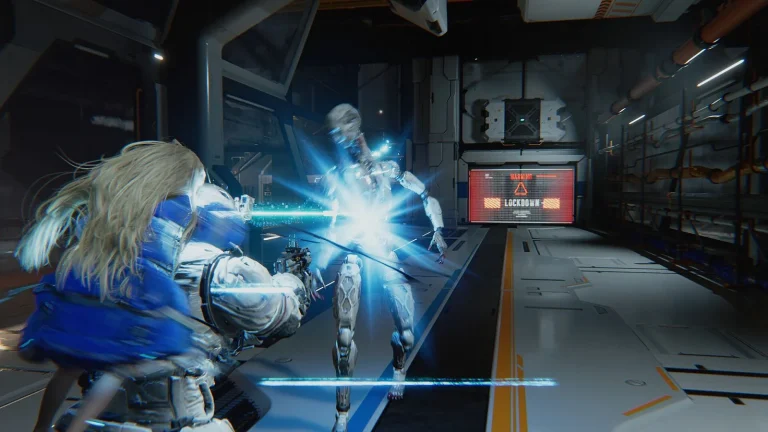A large portion of anime series are based on existing manga, and for most manga artists, having their work adapted and televised is a big deal, as it is both a significant recognition of their work and an opportunity to reach a far wider audience. However, there have been interesting instances of mangaka openly taking issue with how the adaptation of their work was handled, with some artists, such as Hellsing author Kouta Hirano, even renouncing the anime versions entirely.
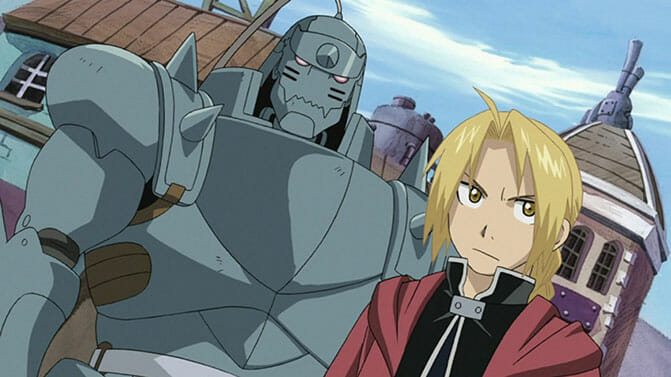
How much the author of the original work is involved in the process of the anime production varies depending on the person and circumstances, but in general, anime adaptations have been known to frequently take liberties with the source material, including adding fillers, filtering content and even adding plot elements, characters and similar, which can lead to discrepancies in what the author originally envisioned. An article by Magmix introduces some cases in which mangaka were “enraged” by unexpected production choices made in adaptations of their titles.
A particularly notorious example is the anime adaptation of Hellsing from 2001. This had been the first anime adaptation of the hit dark fantasy vampire manga and was thus highly anticipated by fans. However, it didn’t take long for the anime to stray from the original story, ultimately derailing so far that added characters started overshadowing the original characters.
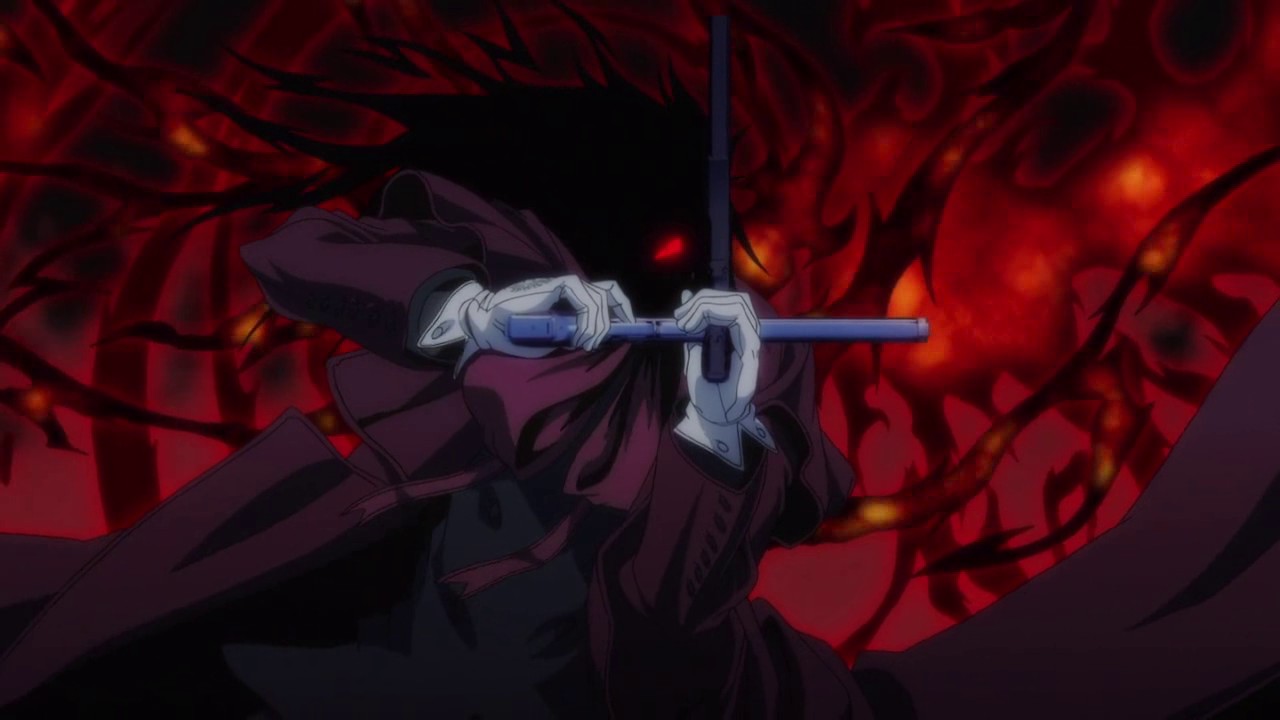
The reason for this, however, had not been the production team’s willfulness, but rather their apprehensions about including depictions of the fictional Nazis that appear in the original story. Namely, The Major, leader of the Nazi remnant organization Millennium, appointed by “Adolf Hitler” himself, had been a problematic character to include. As overseas distribution of the anime had already been decided, production decided to do away with The Major, but this resulted in the story remaining without a key antagonist and character that very much made Hellsing what it was.
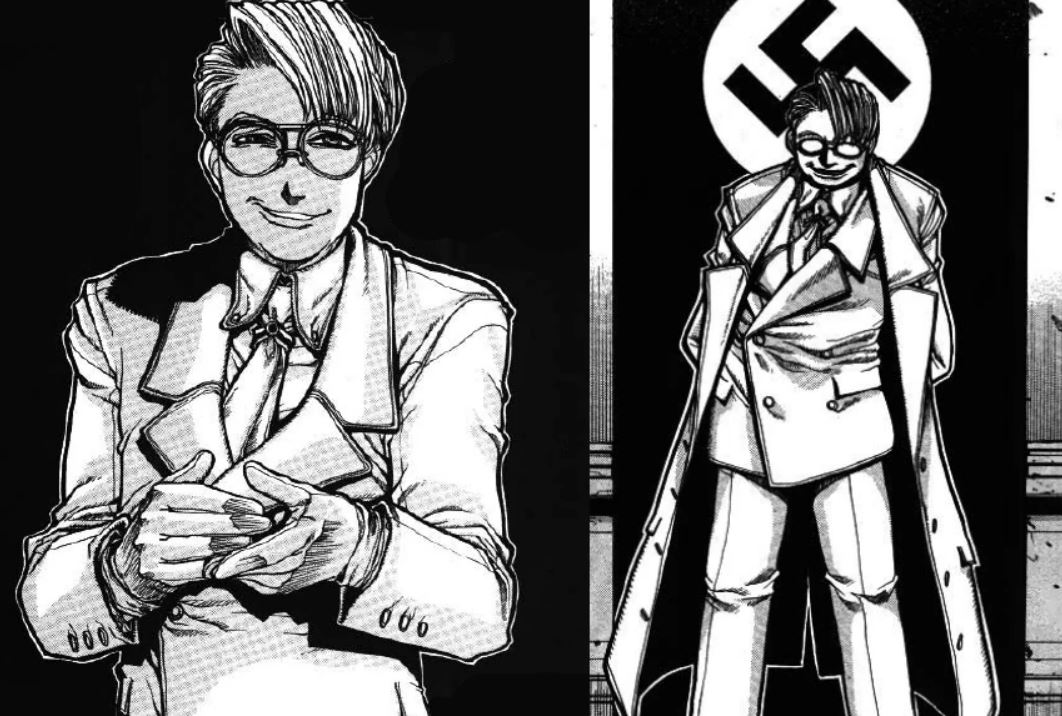
But Kouta Hirano, Hellsing’s original author, did not take kindly to this timid decision-making, and had, according to Magmix, expressed his disappointed in a series of posts on his social media, commenting that he “was a fool to have had expectations.” He also held the grudge, reportedly refusing to do a cover illustration for the DVD edition of the anime and stating that he sold this copy of the DVD to a retailer.
In the case of Hellsing, most fans of the original manga had likely been on the same page as the author, but there have also been cases where unexpected changes in the production of an anime adaptation were close to causing potentially dangerous misunderstandings to the author’s name.
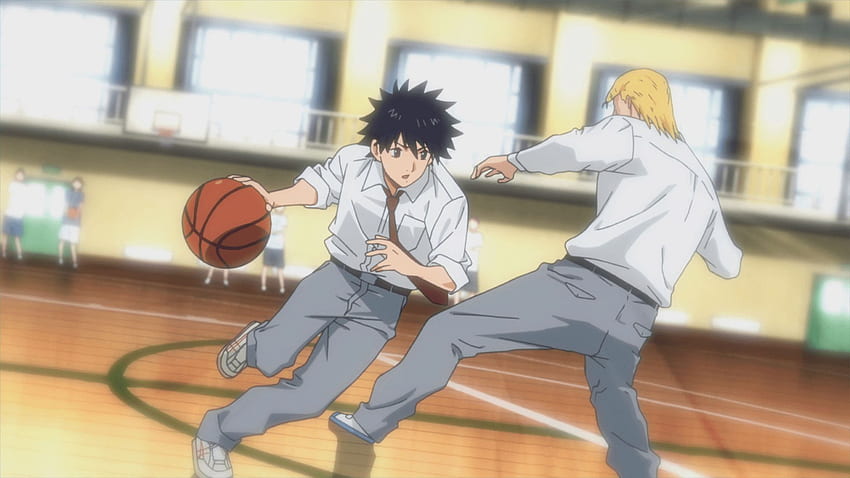
Such was the case with the anime adaptation of the high school basketball anime Ahiru no Sora from 2019. Due to the topic of the story, Ahiru no Sora had already been associated with the basketball anime and manga Kuroko no Basuke, but in a certain episode of the anime, the production added an (originally nonexistent) detail that could only be interpreted as plagiarism of the latter. During a match, characters had light streaming out from their eyes, which is a signature depiction of athletes entering the Zone in Kuroko no Basuke. In reaction to this, Takeshi Hinata, the author of the original manga, issued an apology online, calling the production a “disappointment.”
Conversely, there have been cases in which the artistic liberties taken by the side adapting a manga elevated the source material to higher acclaim, regardless of changes not being what the original author wished for. Such was the case with the Gunslinger Girl manga, which tells the story of young girls with cybernetic implants being trained into assassins by adult male handlers.
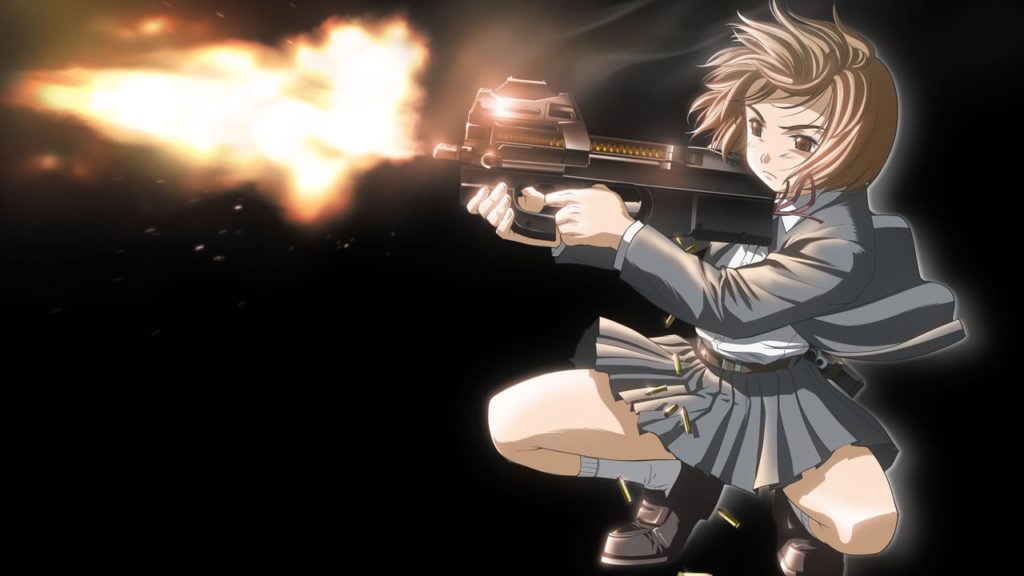
The first installment of the Gunslinger Girl anime adaptation did not involve Yu Aida, the original mangaka, and took liberties in the storytelling, exploring the suffering and relationships of the characters, resulting in a tragedy-tinged contemplative drama. On the other hand, as the original author was not happy with the changes, they got directly involved in production of the sequel, which as a result followed the manga faithfully, but caused surprised reactions from audiences for the sudden change of tone, including shrill, cheery voice-acting, radically different character personalities and more frequent panty shots.
As animation is an art form of its own, carrying the vision of the director, anime cannot be expected to be just a moving version of its source material, so differences, for better or worse, are a given. The right adaptation of the right work can create a masterpiece, but in the same way, blunders and misguided decisions can result in wasted potential. In this sense, the apprehensions some artists hold towards their life works being adapted are not surprising in the least.

